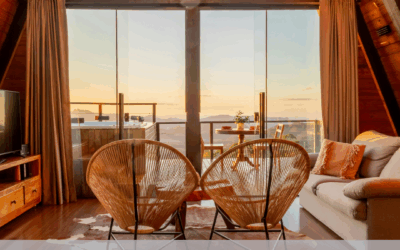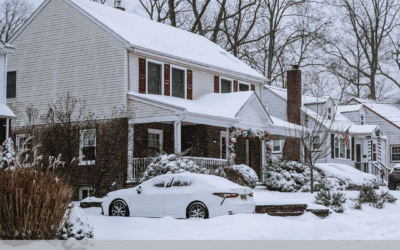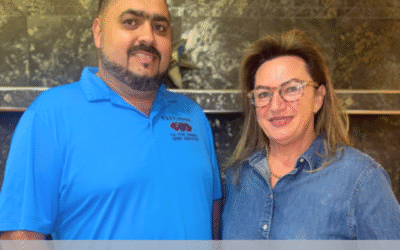Having been fortunate to relocate here 7 years ago, I have been able to identify 5 several common elements of the Cape Cod style.
Why is it called a Cape Cod house?
Where did Cape Cod Architecture get its name? It was thanks to Reverend Timothy Dwight IV (1752–1817), the eighth president of Yale University from 1795–1817, who branded Cape Cod style architecture when he coined the term “Cape Cod House” after visiting the Cape in 1800.
2022 Retrieved August 1, 2023 from https://www.oldhouseonline.com/house-tours/original-cape-cod-cottage/#:~:text=The%20term%20%E2%80%9CCape%20Cod%20House,on%20New%20York’s%20Long%20Island.

Then Came Royal!
Royal Barry Wills FAIA (August 21, 1895 – January 10, 1962) was an American architect and author. He was a master of the Cape Cod type house, particularly its 1930s–1950s Colonial Revival incarnation. Houses built to his designs continue to fetch a premium.
Wikipedia contributors. (2023, July 23). Royal Barry Wills. In Wikipedia, The Free Encyclopedia. Retrieved 12:16, August 1, 2023, from https://en.wikipedia.org/w/index.php?title=Royal_Barry_Wills&oldid=1166700721
I was fortunate to have been able to design an addition to one of the latest Cape Cod homes on the Eastham waterfront a few years ago. I had access to the original hand drawn blueprints. I believe Royal would be happy with the outcome. I felt passionately compelled to make sure that this addition would look seamless and appear to have always been there. I believe it was successful by implementing the following five classic cape elements.
First is Scale.
The most common theme in the Cape Cod home is the presence of low ceilings and smaller defined rooms. The Cape is world renowned for its quaint and petite coziness, and not oversized. So, we must be cognizant of this and work within the space not to overscale components such as appliances, furniture, and built ins.
Second is Rhythm.
For most the Cape is their resting and leisure space for their “me time”. We want less busy and more calming features. Consistent and repetitive finishes, details, and elements across the rooms create a less fussy rhythm.
Third is Color.
These can typically follow organic themes of the scene outside your window, creating a connection with air, the sand and of course, the water. Neutrals with hints and hues of blues and greens. In kitchens white is forever and never trendy.
Fourth is Harmony.
Elements need to be happily married and working together. The cross fitting of different architectural and design styles can be tricky, but if done correctly can be beautifully accomplished.
Fifth is Texture.
I am fortunate to live here full time. My wife and I are always happy to find sand on our feet, especially when we find it in the dead of winter by chance! Texture allows interest without too much added color. When using monochromatic and light colors it creates slight changes with light as the clock ticks and the weather changes on Cape Cod. Like the ocean shore-always a different picture.
Written by: Mike Bremneour, Senior Architectural and Interior Designer @ Encore Construction






